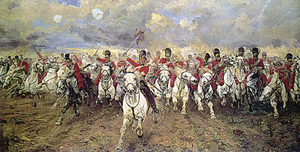Search Results for 'British Army'
75 results found.
The winter tram
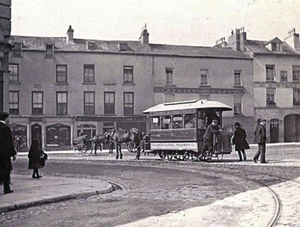
This photograph of a single-deck horse drawn tram was taken in Eyre Square c1900. The American style dome roof top cover provided cover for passengers during the winter. In one of their books, Somerville and Ross described these vehicles thus: “The little one-horse trams glide along the shining desolate road like white-backed beetles.” This tram was painted in a battleship grey colour. The double-deck open summer trams, which needed two horses to pull them, were painted in olive-green and white.
Pomp and circumstance, and one unmarked grave
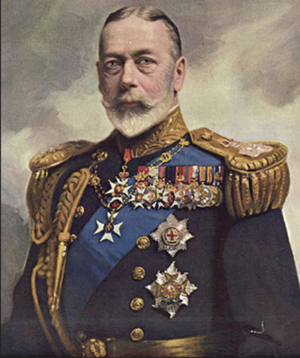
On June 12 1922 a very special ceremony took place at Windsor Castle, near London. Following the establishment of the Irish Free State the previous December, five Irish regiments, including the Connaught Rangers, the Royal Irish, the Leinsters, the Munsters, and the Dublin Fusiliers, which had served the British army with exceptional valour at times, were disbanded. It was a day of special significance for both the participants and onlookers.
Galway and The Great War lectures at city museum
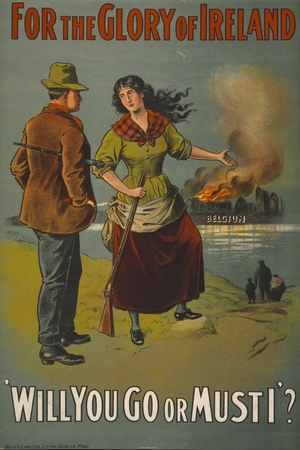
THE GREAT War’s impact on Galway city, the slaughter in the trenches, and recruiting Galwegians to fight for “king and country” will be the subject of a series of public lectures taking place at the Galway City Museum, every Thursday from 7pm to 8pm.
Twenty years a worldwide show
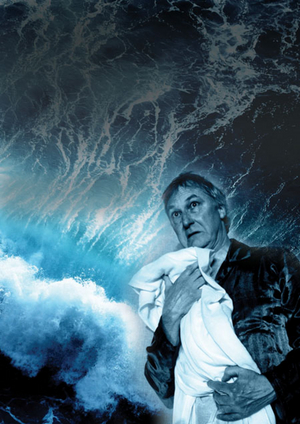
A classic of modern Irish theatre, Catalpa takes to the stage at Roscommon Arts Centre on Tuesday February 17 at 8pm. Catalpa is the story of the daring 1875 whaleship rescue of six Irish prisoners from the British penal colony in Fremantle, Western Australia. Catalpa is about heroes and visionaries, political intrigue and personal loyalty, with hot romance, mixed-up rebels, and battles at sea - an epic adventure story that challenges the nature of heroism.
Two boys from Loughrea
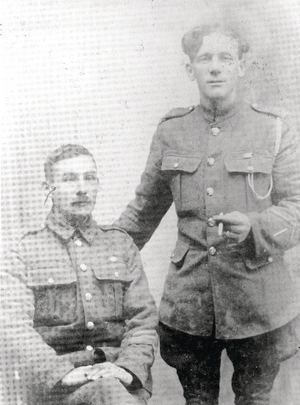
At the beginning of the last century, two boys grew up together in Loughrea. Socially they were far apart, but they were great friends. John Oliver was from a particularly poor background. His family lived in a tiny lean-to shack out on the Galway road on the edge of the town. His friend was Tom Wall, who lived in a comfortable house on Patrick Street. John enjoyed visiting their home. His friend played with a band, The Saharas, and there was often music and fun in their house, shared by his brother Ray, and their attractive sister Cissie.
‘I borrow from my surroundings, create fantasy landscapes from my head’
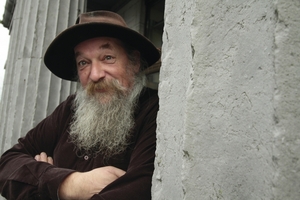
He grew up loving outdoor pursuits and the natural world, despite living close to the world’s largest car manufacturing plant. He has lived in Ireland most his life, but his interest in the country was stimulated in part through British Army radio.
Stormy summers on the Clare coast
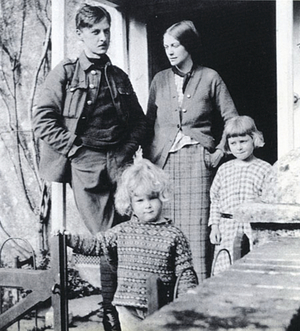
One of the most interesting hotels in Ireland is the Falls Hotel, Ennistymon, Co Clare. Apart from its spectacular setting overlooking the River Inagh as it cascades over wide ledges almost immediately outside its door, this distinctive building conceals within its walls an 18th century mansion, and a late medieval castle. It was the home of the one-time wealthy Macnamaras, landlords of vast Clare territories. The last of the clan to hold any real status was Henry Valentine Macnamara (known as Henry Vee), the High Sheriff of Co Clare, and a character to be reckoned with. One December morning in 1919, Henry Vee and friends (who included a British army officer and a Lady Beatrice O’Brien), set out in a convoy of cars for a woodcock shoot in the Burren.
Galway author charts the Irish experience of WWI
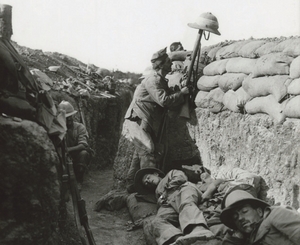
THE LAST couple of years has seen a mushrooming of books relating to WWI, and more specifically, WWI and Ireland. For those interested in learning more about this seismic event, or wondering where to start, Cormac Ó Comhraí’s Ireland and the First World War: A Photographic History is the perfect answer.
Remembering Peter Tyrrell
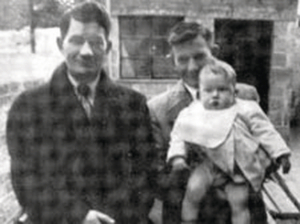
On April 26 1967 the body of a man was found on Hampstead Heath. It was charred and burnt beyond recognition. Initial investigation found that the man had deliberately set fire to himself. Who was this man?
